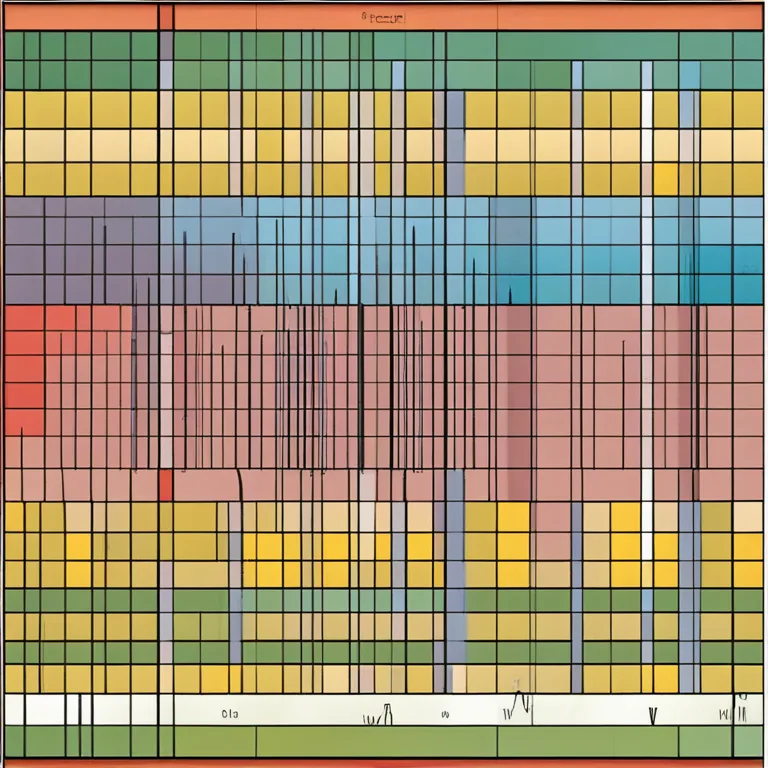
How to Check Your Biorhythms: A Simple Guide
Discover how to track your physical, emotional, and intellectual biorhythms to better understand your body's natural cycles and optimize your well-being.
article by Adrian Wallace
Introduction to Biorhythms
Biorhythms are believed to be invisible energy patterns that affect our daily lives. The concept, which emerged in the 19th century, suggests that three fundamental cycles influence our physical, emotional, and intellectual states. By monitoring these rhythms, individuals can potentially align their activities with their natural energy patterns, improving their performance and overall well-being. In this guide, we will lead you through what biorhythms entail and how you can check yours using tools and applications designed for this purpose.

The Three Core Cycles
The theory of biorhythms centers on three primary cycles: the 23-day physical cycle, the 28-day emotional cycle, and the 33-day intellectual cycle. Each of these cycles fluctuates between high and low phases. During a high phase, you may find that you excel in activities related to the cycle's focus. Conversely, in a low phase, you might experience more challenges. Understandably, identifying where you are in these cycles can help you anticipate and manage your day-to-day activities better.

Calculating Your Cycles
To calculate your biorhythms, you'll first need your birth date, as it serves as the starting point for your cycles. Modern technology comes to the rescue with online calculators and specialized apps that automatically compute your three cycles. Simply input your birth date, and these tools will generate graphs illustrating the ups and downs of your physical, emotional, and intellectual energies. Some platforms even provide predictions weeks or months in advance.

Using Biorhythm Charts
A biorhythm chart presents your cycles in a graphical form which makes it easy to interpret. Highs are typically represented above a central baseline, indicating times of strength and heightened abilities, while lows appear below the line, signifying periods that may require caution. Neutral days, which occur when a cycle crosses the baseline, are considered critical transition points where you may experience unpredictability in the related areas.

Planning with Precision
Once you've pinpointed your position within each cycle, use this insight to inform your agenda. Schedule demanding physical tasks or workouts during high days on your physical cycle. Emotionally charged events or social interactions might best align with elevated periods of your emotional cycle. When it comes to complex mental work or strategic planning, target days where your intellectual cycle peaks. Strategically navigating your biorhythms can potentially enhance productivity and minimize stress.
The Skeptics' Perspective
It's worth noting that the scientific community often views biorhythms with skepticism. Critics argue that there's insufficient empirical evidence to link biorhythmic patterns to personal performance or health. As with any self-help tool, users are encouraged to approach biorhythm tracking as one of many resources for self-understanding and personal growth, rather than an absolute predictor of one’s abilities or outcomes on any given day.
Empowering Self-Awareness
Regardless of mainstream acceptance, tracking your biorhythms can be a compelling exercise in self-awareness. Paying attention to your body's rhythms can encourage mindfulness and help you recognize patterns in your energy levels or mood. With or without the graphs, cultivating a deeper connection with your body's signals is a valuable practice for anyone looking to lead a balanced and harmonious life.
Published: 12/28/2023
Modified: 12/28/2023
More predictions
Come back here soon to learn more about yourself and your future


Exploring Human Biorhythmic Cycles
Explore the fascinating concept of biorhythms and their influence on physical, emotional, and intellectual faculties in humans.


Biorhythm Compatibility: Fact Or Myth?
Explore the concept of biorhythm compatibility to discover if there's a real connection between our biocycles and relationship harmony.


Biorhythms In Humans Explored
Exploring the concept of biorhythms and their influence on human behavior and physical states.